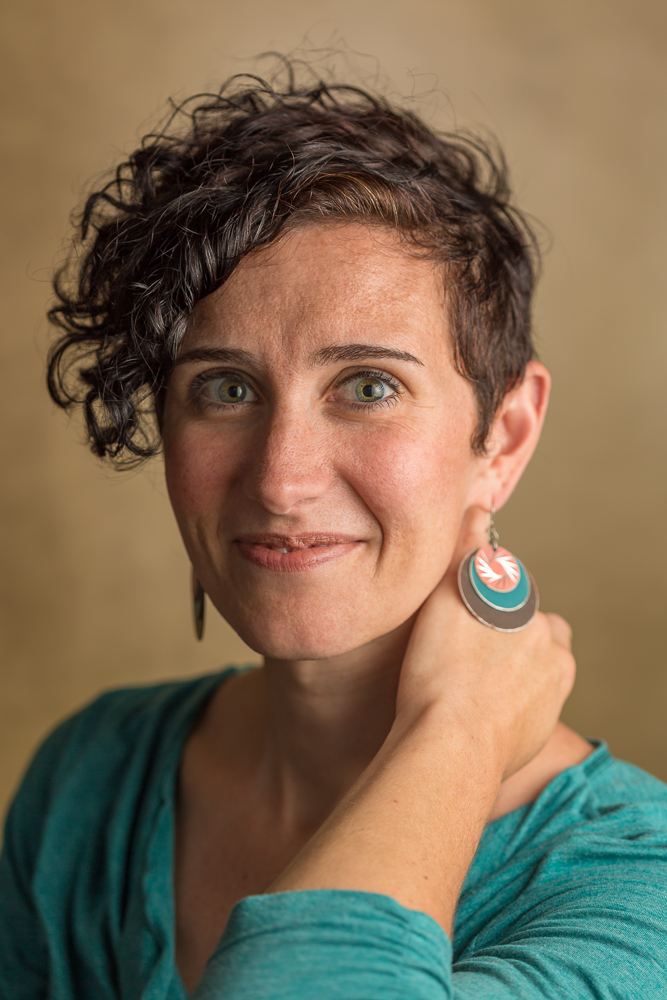Do I have trauma?
Many of my clients feel stuck. They have experienced events or relationships in their lives which have left them feeling as if they are falling apart (shaky, too many thoughts, easily emotional) or shut down (empty, no energy, difficulty making relationship connections) or flipping between both (“Some days I feel like I am drowning and some days I feel nothing.”)
Although they might not know it when they first come to therapy, many of these clients are suffering from the effects of trauma.
Trauma is any experience which overwhelms us. This can happen in at least two ways. First, the experience of “too much, too fast.” Experiences of violence, accidents, and natural disasters fall into this category. Secondly, the experience of “too little for too long.” Situations involving absent parents, ongoing emotional abuse, and enduring microagressions as a minority person (race/gender/sexual orientation) fit this profile. In either setting, the support and structure needed by an individual was not available, whether within a specific time-limited incident or the duration of a relationship.
About Me
I connect with my clients because we both want to see an end to their suffering. Together, we identify the symptoms they would like to see changed (better sleep, less headaches, less fear, less anger) or patterns they would like to see shifted (standing up for myself, healthy relationships). Then, we engage in the work of therapy to support this change and see the suffering end.
I am a body-oriented psychotherapist. This means I value equally the experience of the body, mind, and emotional soul during counseling. Historically, therapy in the Western world has not included the body when working to resolve pain and restore health in a counseling setting. However, I have found that including the physical part of our experiences – even when the primary symptom is psychological – results in profound change.
I support psychological healing through interpersonal therapy; that is, therapy which incorporates the physiology of the brain and psychological principles through experience and reflection within the relationship of the therapist and client(s). One of the key reasons therapy works is the relationship between the therapist and client; it’s why reading a book about emotional health isn’t often enough.
My first career was in health and wellness, specifically working as a Pilates instructor and health coach. In these roles, I witnessed the mind-body connection within personal health. I find delight in using what I know about the body now in my work as a psychotherapist. In counseling, I have worked in a variety of outpatient settings, including my most recent work with the refugee population and survivors of torture.
I believe that healing and restoration are possible: I have witnessed human resiliency beyond my own imagination and it is my honor to work in service of this. I hold hope in all circumstances, as I believe that everyone has the possibility to experience healing and freedom. This applies to all individuals, including those who have experienced complex trauma.

How I Work
I am committed to helping people find freedom from suffering. This is my primary goal and I offer all the skill and support I can in service of it. I do this work alongside clients who are also eager to be free from the burden of pain.
I support the integration of thoughts, emotions, and physical sensations through a variety of interventions to promote self-reflection, self-knowledge and healing. I frequently utilize body-oriented interventions to resolve symptoms connected to past trauma, but I also include meaning-making and emotional support in my work.
This means I will often follow up a client’s statement describing a symptom with a question about how the body is responding to that symptom. For example, when a client describes anxiety, I might ask this client to notice what is happening in their body as they talk about their anxiety. The client will often track an increased heart rate, tightness, or pain. From there, we work with both the physical experience (i.e., tightness) and the thought experience (i.e., I am anxious) to find resolution and freedom.
Who I See
Most of my clients come to me because they want an end to their suffering. These are strong individuals who have “been through a lot” and often survived more than most people could imagine. Many of their friends see them as strong, but inside they know something isn’t right and they want that to change.
Some clients come to me because they have heard about body-oriented therapy and they really want to try it. Often, these individuals have tried other types of therapy in the past and are now looking for something different. This includes children, adolescents, adults, couples and families. These individuals frequently suffer from physical pain which is connected to psychological wounds. Other common symptoms are grief, anxiety, depression, and secondary trauma.
I am affirming of all gender identities and marriage equality. I am a person of faith and I will include belief and religious tradition within the counseling setting as desired by individual clients.
If you are interested in learning more about the body-oriented therapy I provide, check out the Somatic Experiencing Institute.